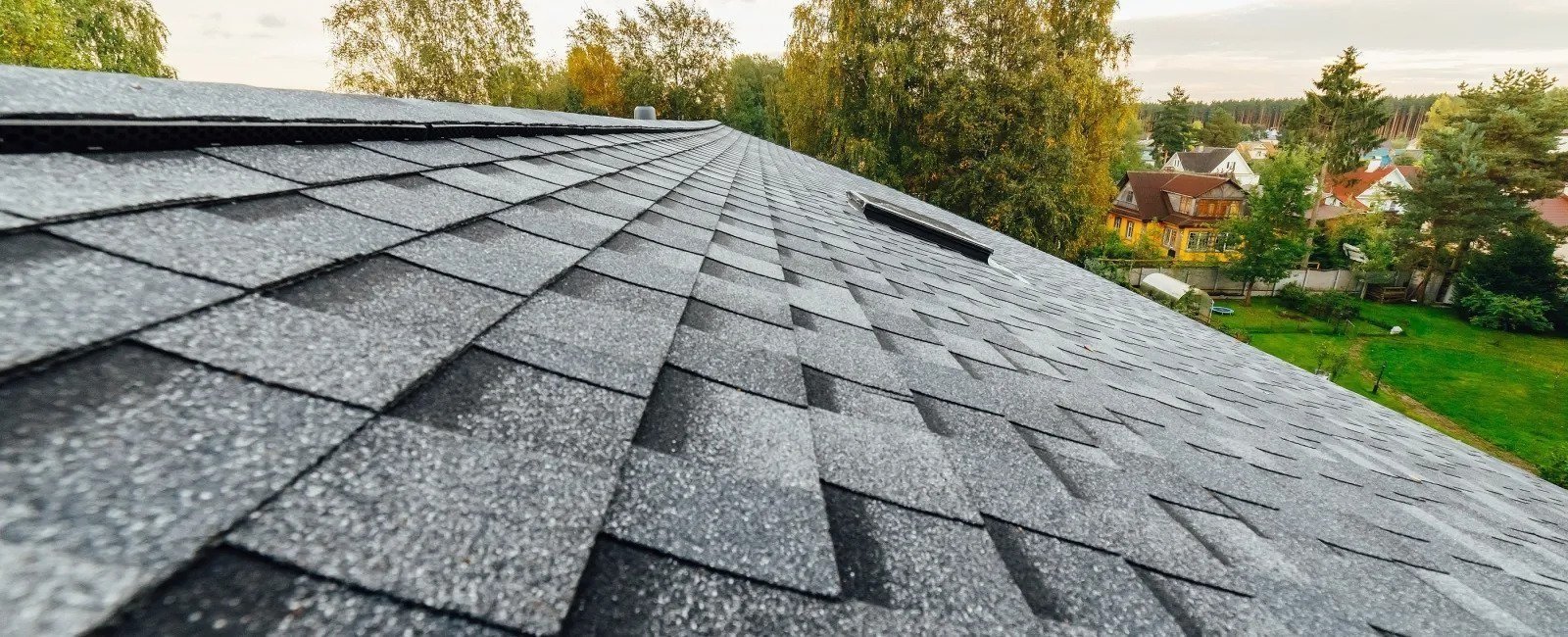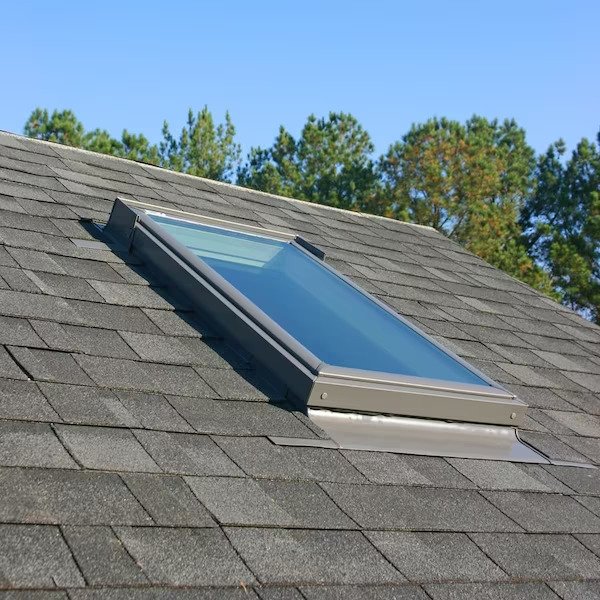
Transform your home from the top down with quality roofing craftsmanship.

Offering a wide variety of residential roofing services from steep-slope to flat, shingles to solar panels.
New Roofs and Additions
At H&R Roofing, we have more than 20 years of experience in the roofing industry. Whether you need a roof for your new house or an addition to your home we offer high-quality service at very competitive prices.
Welcome to a new era of excellence in residential roofing solutions. Our meticulously crafted new roofs and additions are tailored to enhance the beauty, functionality, and value of your home, seamlessly integrating with your architectural vision.
Customized solutions designed specifically for residential new constructions and additions, ensuring a perfect match for your unique needs
Utilization of premium materials and expert craftsmanship to guarantee durability, longevity, and superior performance
Seamless integration with existing structures, preserving architectural coherence and enhancing curb appeal
Improved energy efficiency to reduce long-term utility costs and environmental impact, providing sustainable solutions for your home
Comprehensive warranties and ongoing support, offering peace of mind and protection for your investment for years to come
Elevate your home with our innovative new roofs and additions. Trust in our expertise to deliver unmatched quality, reliability, and beauty, setting a new standard in residential roofing excellence.
Reroofing and Roof Repairs
Restore and rejuvenate your home with our comprehensive reroofing and roof repair services. Whether it's minor repairs or complete overhauls, our team of skilled professionals is dedicated to ensuring the integrity, safety, and longevity of your residential roof.
Thorough assessment and personalized solutions tailored to address your specific reroofing and repair requirements, restoring the beauty and functionality of your roof
Utilization of high-quality materials and meticulous craftsmanship to deliver durable, long-lasting results that withstand the test of time
Efficient project management to minimize disruptions to your daily life, ensuring a smooth and hassle-free experience from start to finish
Enhanced structural integrity and weather resistance to protect your home against future damage, providing peace of mind for you and your family
Cost-effective solutions designed to maximize the value of your investment, with transparent pricing and flexible financing options available to suit your budget
Experience the difference with our reroofing and roof repair services. Trust in our commitment to excellence as we work tirelessly to exceed your expectations and restore your home to its former glory.
Is it time to replace your home's roof? Has your roof's integrity been compromised or its showing signs of trouble? Contact us for a free consultation.
Additional Services
If your roof needs it, we provide it.
Skylights
Illuminate your space with our expertly installed skylights, bringing natural light into your home or business while enhancing aesthetics and energy efficiency.
Gutters
Protect your property from water damage with our durable gutter systems, custom-designed to efficiently channel rainwater away from your roof and foundation.
Chimneys
Ensure the functionality of your chimney with our professional services, including inspection, repair, and maintenance to keep your home cozy and secure.
Get Rewarded for your Roofing Referrals!
Refer your friends, family members, neighbors, or coworkers to H&R and receive gift cards up to $100 in value.
Here’s how to turn your referral into a reward:
Click the button below to Complete the referral form.
We will contact your referral to schedule a time for their free project estimate.
Once the project is completed, we’ll mail your gift card.
$50 gift card for roof repairs.
$100 gift card for roof replacements.

Interested in seeing how a new roof would look in your home?
Try the Virtual Remodeler!
Use the GAF Virtual Remodeler to customize your home's roof with a blend shingle styles and colors, complemented by siding, trim, and doors. Explore a variety of model homes or upload a photo of your own.
We are GAF Trained and Certified for all residential roofing projects.
As GAF President’s Club award-winning roofing contractors, we take pride in our dedication to delivering top-notch results, earning recognition for our commitment to excellence in the industry. Trust our team to provide the highest standards of craftsmanship and customer satisfaction for all your roofing needs.
Award Winning Service
At H&R Roofing, our GAF Master Elite® Roofing Contractors are dedicated to upholding the highest standards of quality when it comes to roofing solutions. With a wealth of experience under their belts, our team ensures that every roof we work on is not only durable and reliable but also exquisitely appealing. By choosing H&R Roofing, you are opting for superior results that consistently go above and beyond.
Master Certified Contractors
Our dedicated installers are GAF-certified to install solar roofing kits, designed to meet the unique needs of both residential and commercial properties. With a focus on customized, high-quality solutions, we are committed to helping you achieve significant energy savings and contribute to a more sustainable future.






